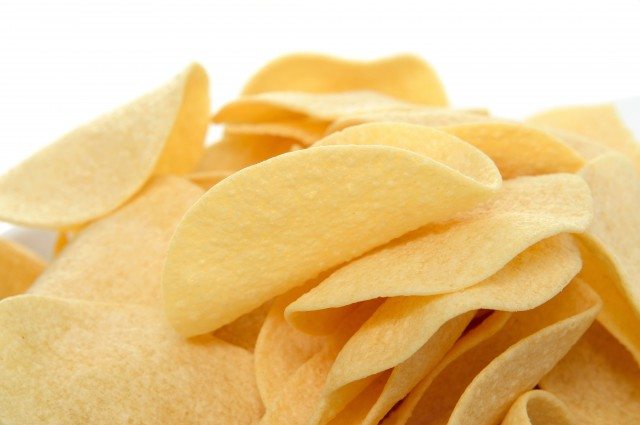Snacks are traditionally smaller than meals but their presence in children’s diets may be significant, and parents should be mindful of nutrition quality and portion size, says a Purdue University researcher.
“A snack might seem like an accessory to the diet; but it may actually represent a large proportion of the overall diet when energy is considered,” says Heather Eicher-Miller, an assistant professor of nutrition science.
“The energy included in a snack might be similar to what a child consumes in a meal, and children should be consuming enough of certain nutrients to go along with that energy.”
“There are a lot of choices available, but parents should consider how a snack fits in the context of overall diet. Keep in mind what the child eats at home and at lunch for balance.”
Eicher-Miller says the food groups with nutrients that children are often lacking are low-fat dairy, whole grain, low-fat protein, and fruits and vegetables.
Nutrient shortfalls among children in the US include calcium, potassium, fiber, and vitamins D and E.
Snacks are more prevalent today as part of after-school programs, and some schools allow children to bring a daily snack.
The food industry has responded with more products packaged for snacking.
“There are more options available, but it is important to not judge a food by the packaging,” Eicher-Miller says.
“Brown, green or natural packaging may make the food look healthy, but it is best to read nutritional labels and make decisions based on this information. Also, look for products that are low in sodium and saturated fat.”
She recommends the following options based on size, energy and nutrient content:
* Fruits and vegetables.
The easiest to grab and pack are apples, bananas, grapes and baby carrots.
Pre-washed and prepared red peppers, snap peas and other vegetables also can be purchased at a higher cost.
* Low-fat packaged cheeses.
She says to be cautious of snack-sized yogurts as they often have high amounts of sugar.
* Low sodium, whole-grain options such as crackers and pretzels.
The energy in the diet from snacking may be even greater when beverages are considered.
“There are many sugar-sweetened beverages available that contribute a lot of energy, but they are lacking in the nutrients children need to consume every day,” Eicher-Miller says.
“Water and low-fat dairy are better for children, especially low-fat milk, which is rich in calcium, Vitamin D, vitamin B12 and B2, potassium, phosphorus and protein.”
Eicher-Miller also recommends checking with schools and after-school program activity policies to follow guidelines about products with peanuts.
Story by Amy Patterson Neubert from Purdue University.










